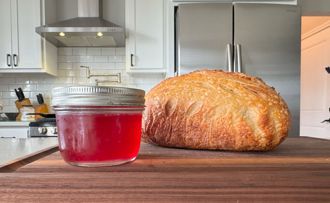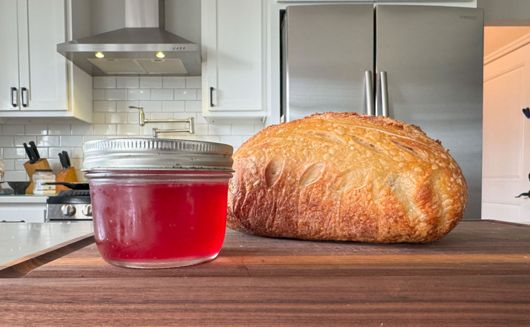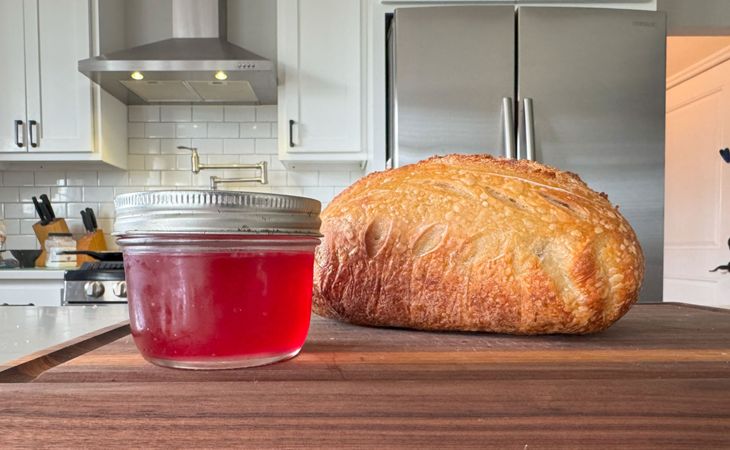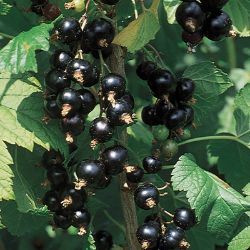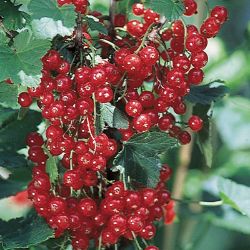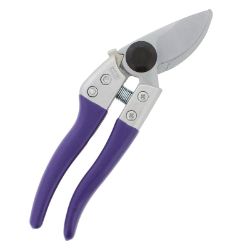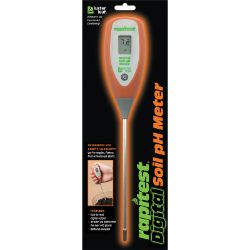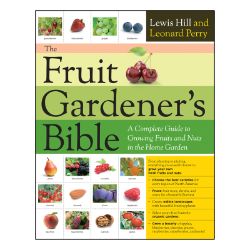Planting Currant Plants
Few things are as delicious as homegrown berries, and the success of your harvest begins right with the planting site and method. For maximum growth and yields later on, give your plants the best foundation possible.
NOTE: This is part 3 in a series of 9 articles. For a complete background on how to grow currant plants, we recommend starting from the beginning.
Before Planting
Before you plant, check your soil pH. Contact your local County Extension Office for information about soil testing in your area, or purchase one of our digital meters for quick and accurate results. Currant plants prefer a soil pH of 6.2-6.5. Steer clear of soils that are extremely heavy or poorly drained.
Planting Site
- Pick a site with partial shade to full sun.
- Because plants bloom very early in spring, they are susceptible to late season freezes. Choose a site that warms up slowly in the spring, to minimize this possibility.
- Most soil will benefit from the addition of organic material such as shredded peat or compost.
- Space the plants 3-5 feet apart in rows that are 6-8 feet apart.
Planting
- Dig the hole deeper and wider than the root system.
- Set the plants with the lower branches a little below the soil level to encourage a bush form to develop.
- Fill hole with remaining soil.
- Fertilize and water your new plants. (If planting in the fall, wait to fertilize until spring for best results.)
Additional Notes
For planting currants, it’s recommended to space them at least three feet apart. However, since black currants tend to be more vigorous, it’s best to space them a bit further apart, at four to five feet.
Keep in mind that currants are self-fertile, meaning they can pollinate themselves, but studies have shown that planting multiple varieties can lead to higher yields.

